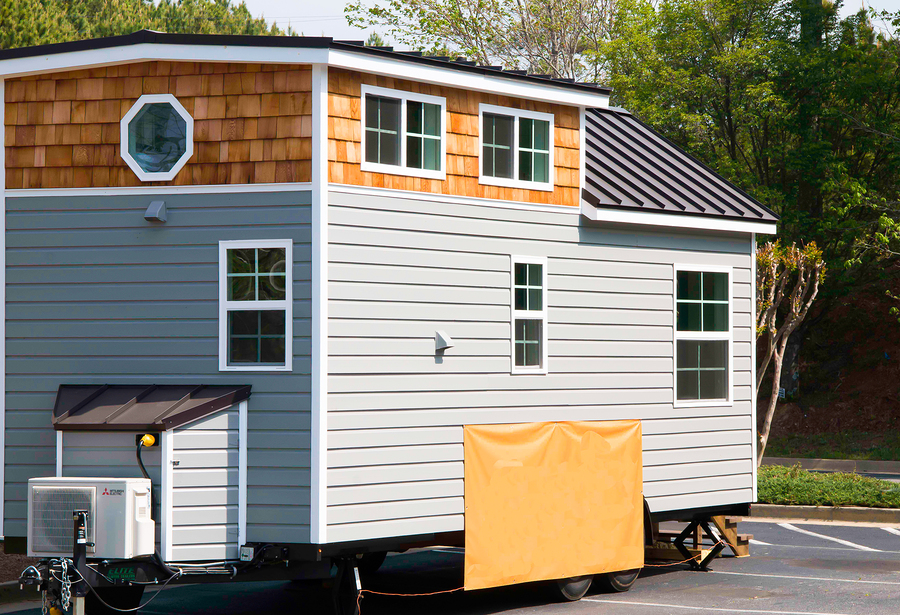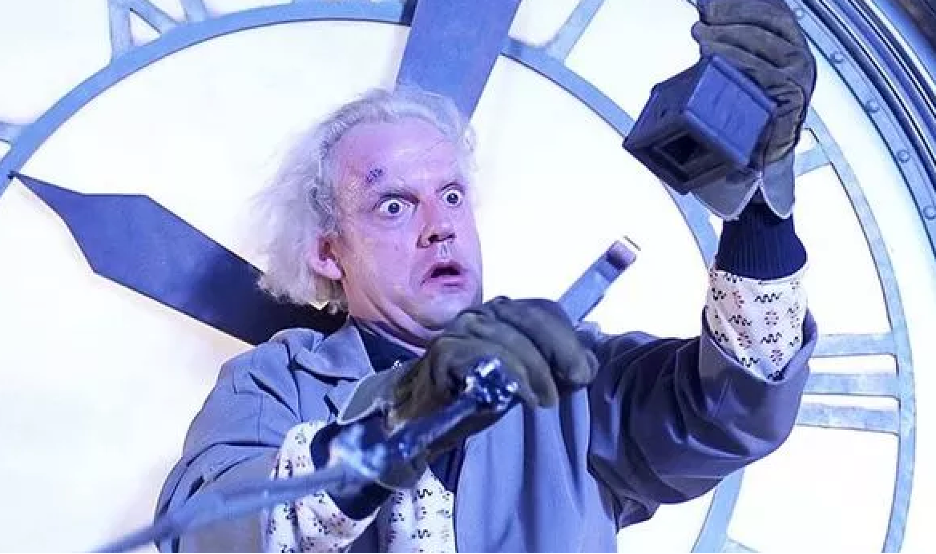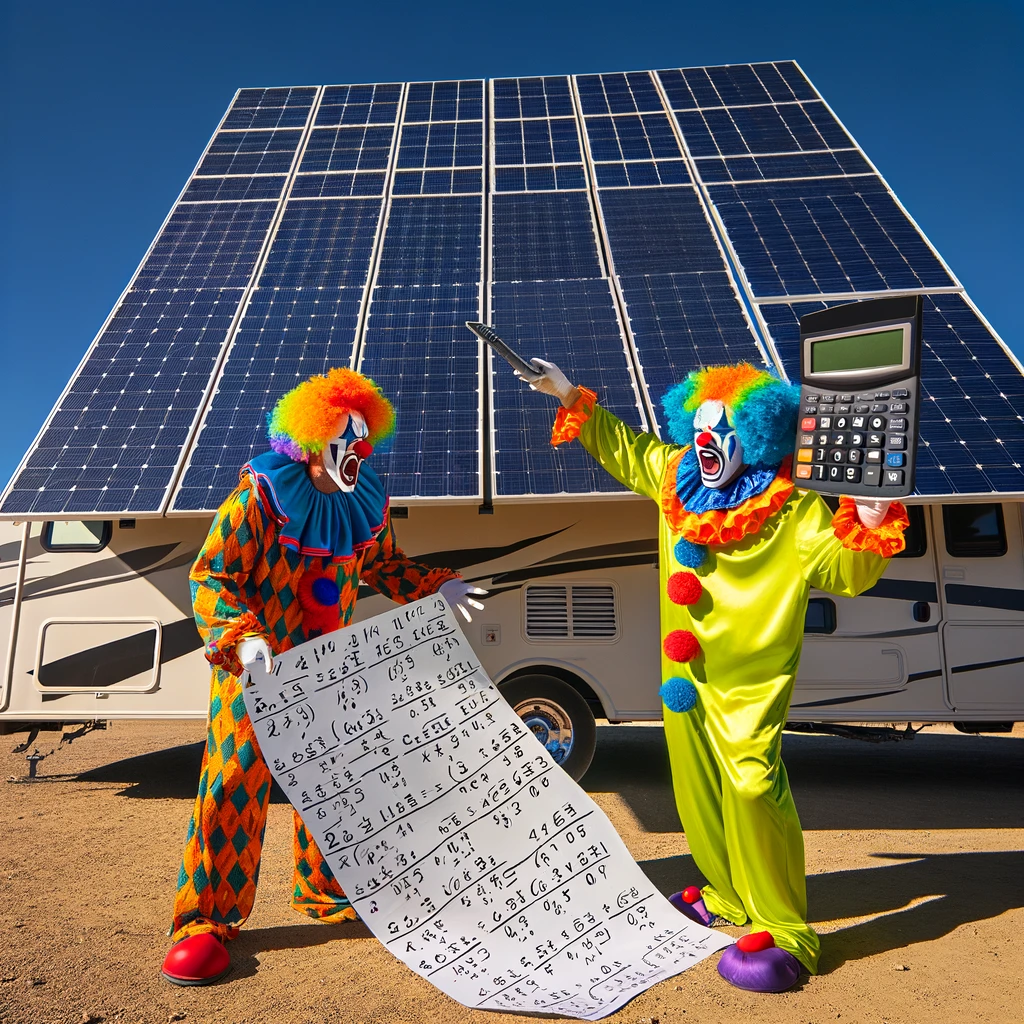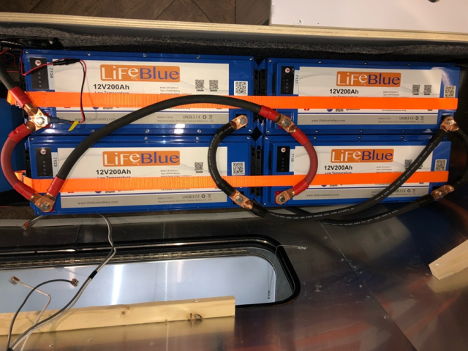
The tiny home movement has officially taken hold in pop culture, with many young people turning to smaller places, and less possessions. Tiny homes are great for millennials, or young home buyers, as they’re much smaller than single family homes, and they require much less maintenance. If you’ve shed your excess possessions, and settled down in a smaller tiny home, it might be time to consider solar panels, to make your home that much more self-sufficient.
Tiny Home Solar
If you converted to a tiny home to save money, and become more financially independent, solar power might be more up your alley. If your tiny home is in a permanent location, grid-tied solar can be a better option. But that does require that you don’t intend to move your tiny home. If you’re on the move, or putting up on land that might not always be available to you, starting with off-grid solar panels is your best option.
Most motorhome solar panel kits will work for tiny homes. With your off grid solar system, you collect all of your power during the day, and store it in batteries for when you need to use it. AM Solar’s solar panels and products, have also been used to power automatic door locks and lights in public park bathrooms. These same systems can be used for tiny homes, as their equipment is suitable for tiny homes.
Solar System for Tiny Homes
As with solar equipped RVs, it can be a balance to figure out how much solar power you need to collect during the day to power how you run your tiny home. AM Solar has compiled a great system for a tiny home, that uses a cable of running lights, a refrigerator and other small appliances.
If your tiny home has a metal roof, AM Solar recommends the SF180 Solar Panel Kit, with Rocker mounts. Having a composite roof is trickier, because the mounting hardware included in panel kits attaches to metal roofs and not composite roofs. This system is perfect for a considerable amount of power, and perfect for a tiny home or RV with a bit of roof space. It’s recommended that you get 6 panel kits, to provide appropriate amount of power you’d need for a tiny home. For multiple solar panels, you’ll also need a combiner box, to parallel connections.
Next, to keep it easy to monitor your power intake, and usage, a charge controller will come in handy. A charge controller can monitor up to 1150 watts of solar panels, and works with the roof mounted combiner boxes. This system comes with Bluetooth monitoring so that you can keep track of your power accrued on your phone. It’s important to use sealant around your mount feet, cable management and combiner boxes when they’re attached to your roof.
Then you’ll need batteries, enough to host all the power collected from the panels. AM Solar estimates about six batteries. Final step is to get an inverter kit, which adapts your power to AC needs. An inverter will help prevent any overload of power to your system.
TAKE AWAY
While outfitting your tiny home with a solar system is a financial undertaking, totaling at around $8,000, it’s a smart investment in the future. It might seem like a lot, but when you break down what you spend on power, and what you could save, it’s an investment that’s well worth it.




